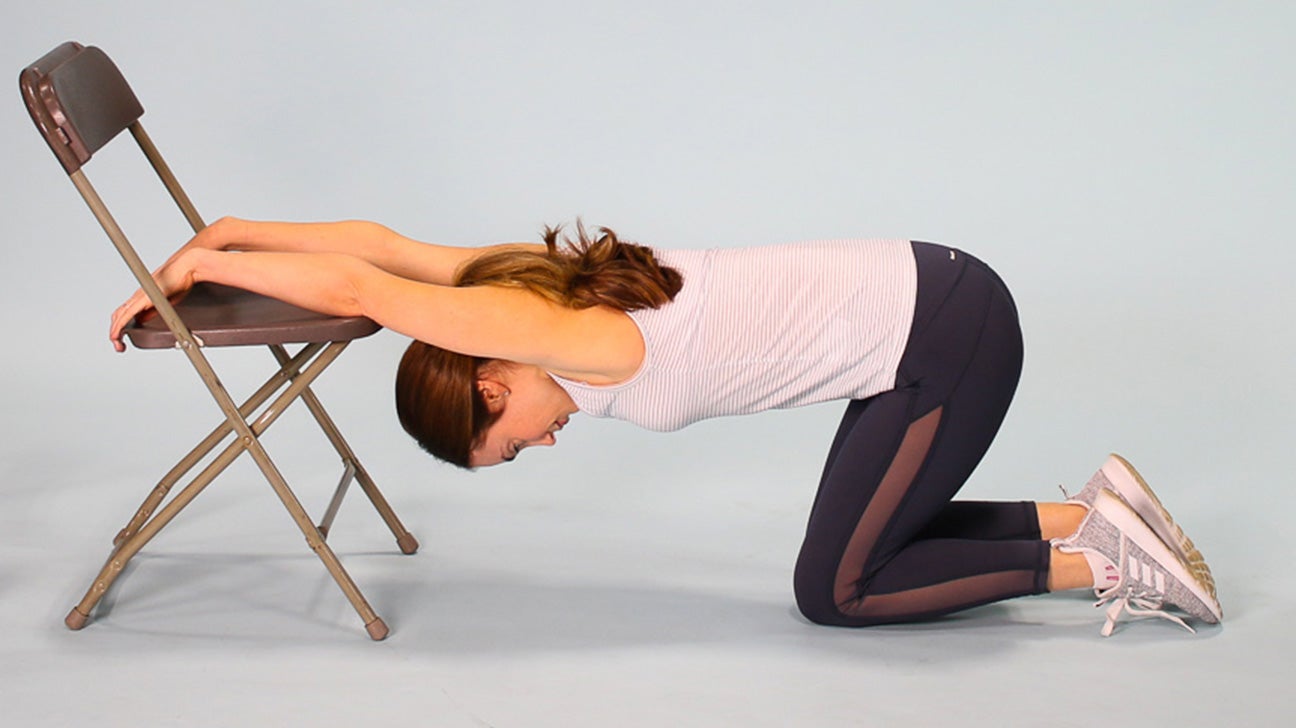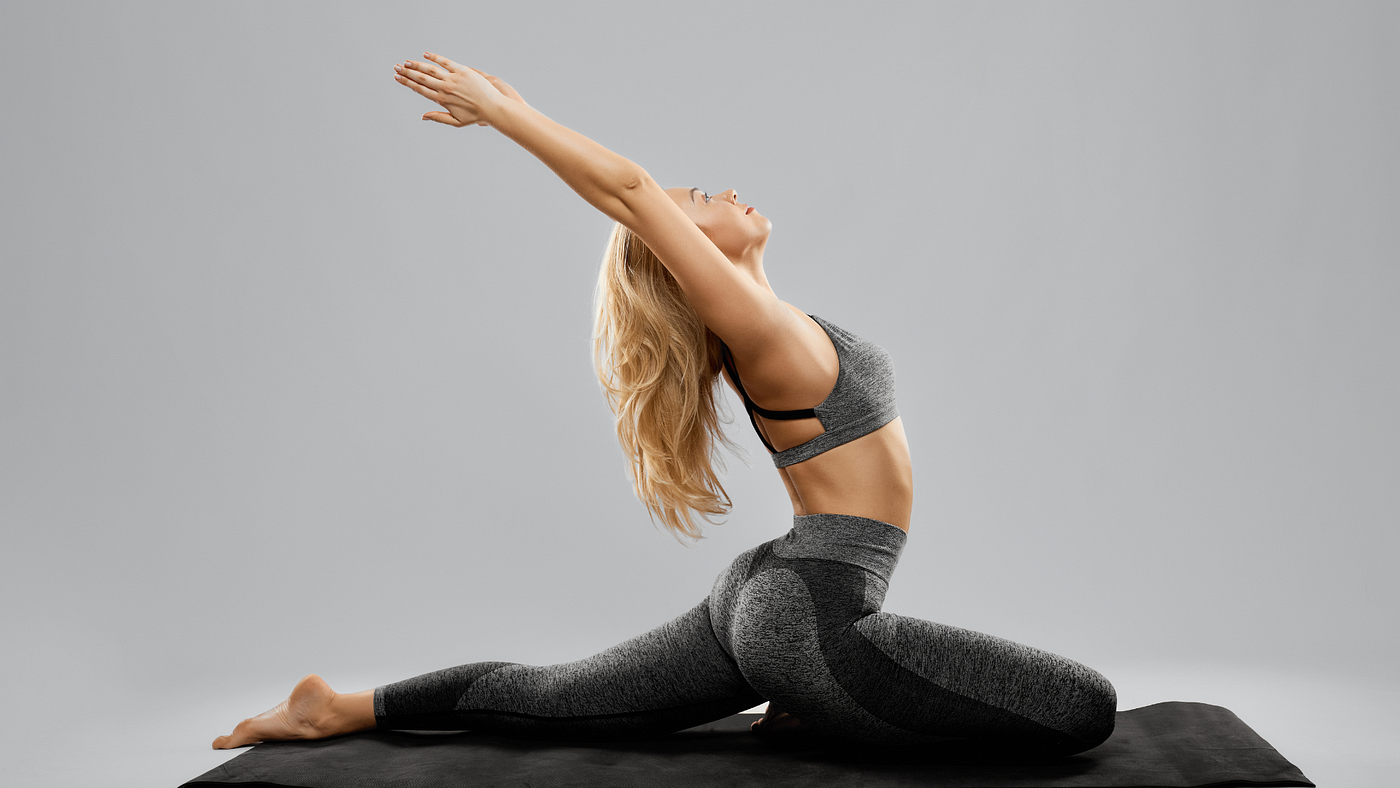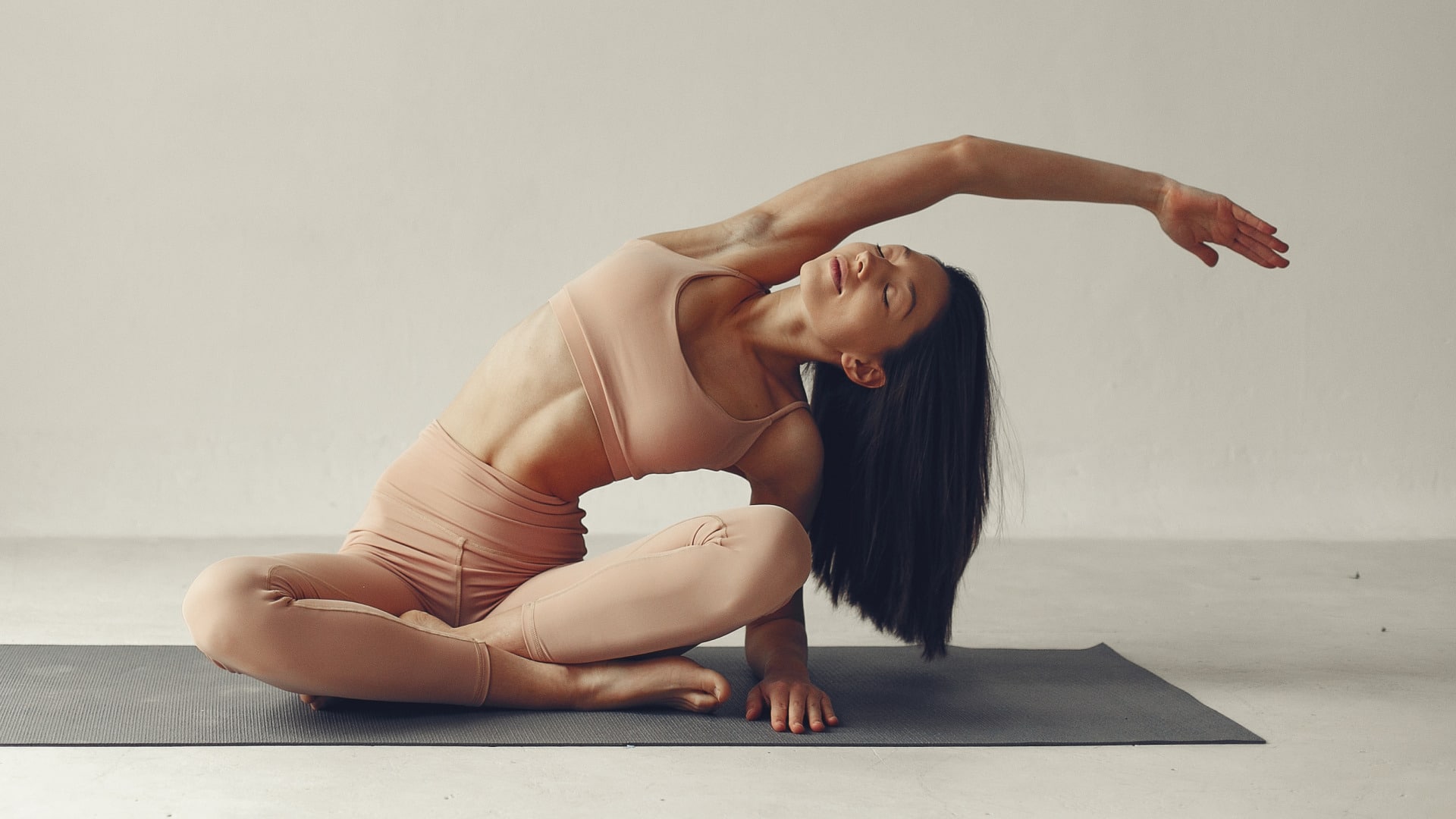In the realm of physical wellness and mental tranquility, stretching occupies a unique position, bridging the gap between bodily health and psychological well-being. The act of stretching, often seen as a precursor to more intense physical activity or as a standalone routine, offers a myriad of benefits that extend beyond mere flexibility. This exploration delves into the multifaceted reasons behind the gratifying sensation associated with flexibility training, unraveling its physical and psychological advantages.
Table of Contents
The Essence of Stretching
Stretching, at its core, involves deliberate movements designed to lengthen muscles and increase joint flexibility. This practice is not just about touching your toes or reaching for the sky; it’s a profound interaction between your body and mind, a moment of connection that often leads to an immediate sense of relief and satisfaction.
Integrating tools like CastleFlexx into your routine can enhance this experience, offering targeted support that deepens stretches and nurtures this vital body-mind dialogue. Embracing this holistic approach, one finds not just physical agility but a pathway to greater well-being and inner harmony.”
The Physical Symphony

When you stretch, a symphony of physiological events begins to unfold within your body. Muscle fibers gently elongate, blood flow is enhanced, and tension dissipates. This process is not merely a mechanical occurrence but a complex ballet of biological reactions that contribute to the overall sensation of well-being.
Muscle and Fascia Harmony
Muscles, intertwined with a web-like connective tissue called fascia, experience a release during flexibility training. Fascia, which encapsulates muscles, organs, and nerves, can stiffen due to prolonged inactivity or repetitive movements, leading to discomfort and restricted mobility. Stretching eases this stiffness, allowing for a smoother muscle glide and improved range of motion.
The Nervous System’s Role
The nervous system plays a pivotal role in the stretching experience. Proprioceptors, sensory receptors located in muscles and tendons, relay information about muscle length and tension to the brain. When flexibility training, these receptors signal the central nervous system to temporarily reduce muscle activity, leading to a decrease in muscle tension and an increase in length, contributing to the sensation of relaxation and ease.
The Psychological Resonance

Stretching transcends physical benefits, touching upon the psychological and emotional realms. The act of flexibility training can serve as a form of mindfulness, a momentary escape from the hustle and bustle of daily life, offering a sanctuary of calmness and rejuvenation.
Mind-Body Connection
The practice of stretching encourages a deepened mind-body connection. As you focus on your breath and the sensation of each stretch, you become more attuned to your body’s needs and capabilities, fostering a greater sense of self-awareness and presence. This mindfulness aspect can reduce stress levels, alleviate anxiety, and promote a sense of inner peace.
The Release of Endorphins
Stretching, particularly when combined with deep breathing, can stimulate the release of endorphins, the body’s natural mood elevators. These biochemicals are known for their ability to alleviate pain and induce feelings of euphoria, often referred to as the “runner’s high.” The gentle release of endorphins during stretching contributes to the overall feeling of contentment and satisfaction.
The Cascade of Benefits

Delving deeper into the realm of flexibility training reveals a cascade of intertwined physical and psychological benefits, each enhancing the other in a virtuous cycle of well-being.
Enhanced Flexibility and Mobility
Regular stretching significantly improves flexibility, which is crucial for overall health and physical performance. Enhanced flexibility contributes to a more fluid range of motion, making daily activities easier and reducing the risk of injuries. As mobility improves, so does the quality of life, enabling individuals to engage in a wider range of physical activities with greater ease and less discomfort.
Posture and Alignment
The modern lifestyle, often characterized by prolonged sitting and screen time, can lead to poor posture and misalignments in the body’s structure. Stretching, especially targeted stretches that focus on the back, shoulders, and neck, can help rectify these imbalances. By lengthening tight muscles and strengthening underused ones, flexibility training aids in the restoration of proper posture, leading to reduced strain on the body and an improved appearance.
Pain Reduction and Prevention
Chronic pain, particularly in the lower back and neck, is a prevalent issue that can be mitigated through regular stretching. By enhancing flexibility and correcting postural imbalances, flexibility training helps alleviate the pressure on joints and the spinal column, often a significant contributor to chronic pain. Moreover, the increased blood flow to muscles during stretching aids in the removal of waste products, such as lactic acid, which can accumulate during physical activity and contribute to soreness and discomfort.
Stress Relief and Mental Clarity

The psychological benefits of stretching are as profound as the physical ones. The act of flexibility training, particularly when performed mindfully, can be a potent stress-reliever. By focusing on the present moment and the sensations within the body, individuals can achieve a state of mental clarity and calmness, pushing aside the worries and stresses of daily life. This mental reset not only enhances mood but also improves cognitive function, leading to better focus and productivity.
Sleep Quality and Recovery
Stretching can also play a crucial role in improving sleep quality. Engaging in a gentle stretching routine before bedtime can prepare the body for rest, easing muscle tension and calming the mind.
This relaxation can lead to a quicker onset of sleep and a deeper, more restorative sleep cycle. Furthermore, stretching aids in the body’s recovery process, particularly after intense physical activity, by promoting circulation and flexibility, which can accelerate the healing of micro-tears in muscle fibers.
The Role of Guided Stretching
For those new to flexibility training or looking to deepen their practice, guided stretching sessions, whether through classes, apps, or online resources, can provide valuable instruction and motivation. These guided experiences can help ensure proper technique, maximize the benefits of each stretch, and introduce a wider array of flexibility training styles, such as dynamic stretching, static stretching, and proprioceptive neuromuscular facilitation (PNF).
Closing Thoughts
Stretching, though frequently underestimated, offers significant physical and mental health benefits, including improved flexibility, pain relief, stress reduction, and better sleep. It fosters a deep mind-body connection, promoting a holistic approach to wellness that enhances physical, mental, and emotional well-being, leading to a more vibrant and fulfilling life.













